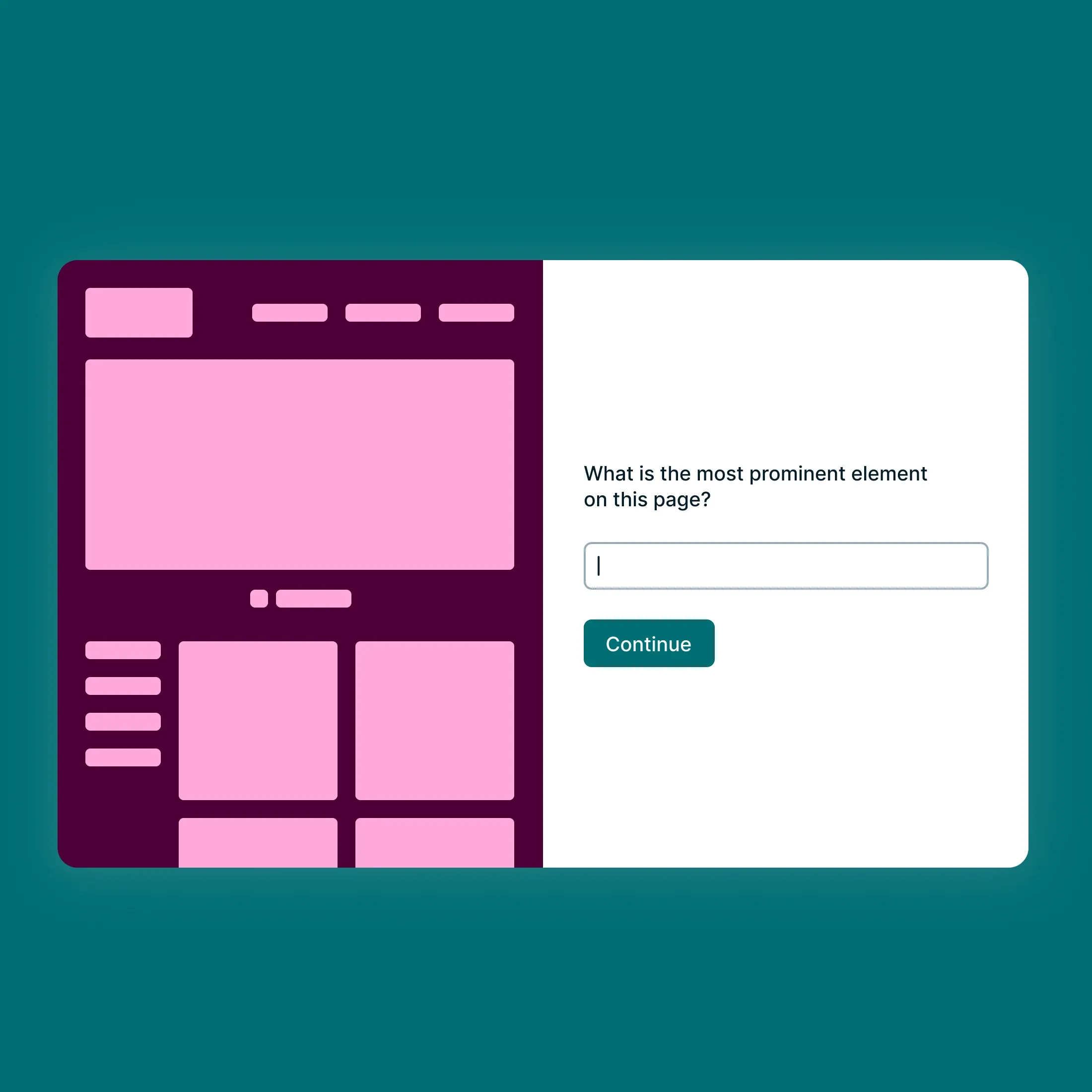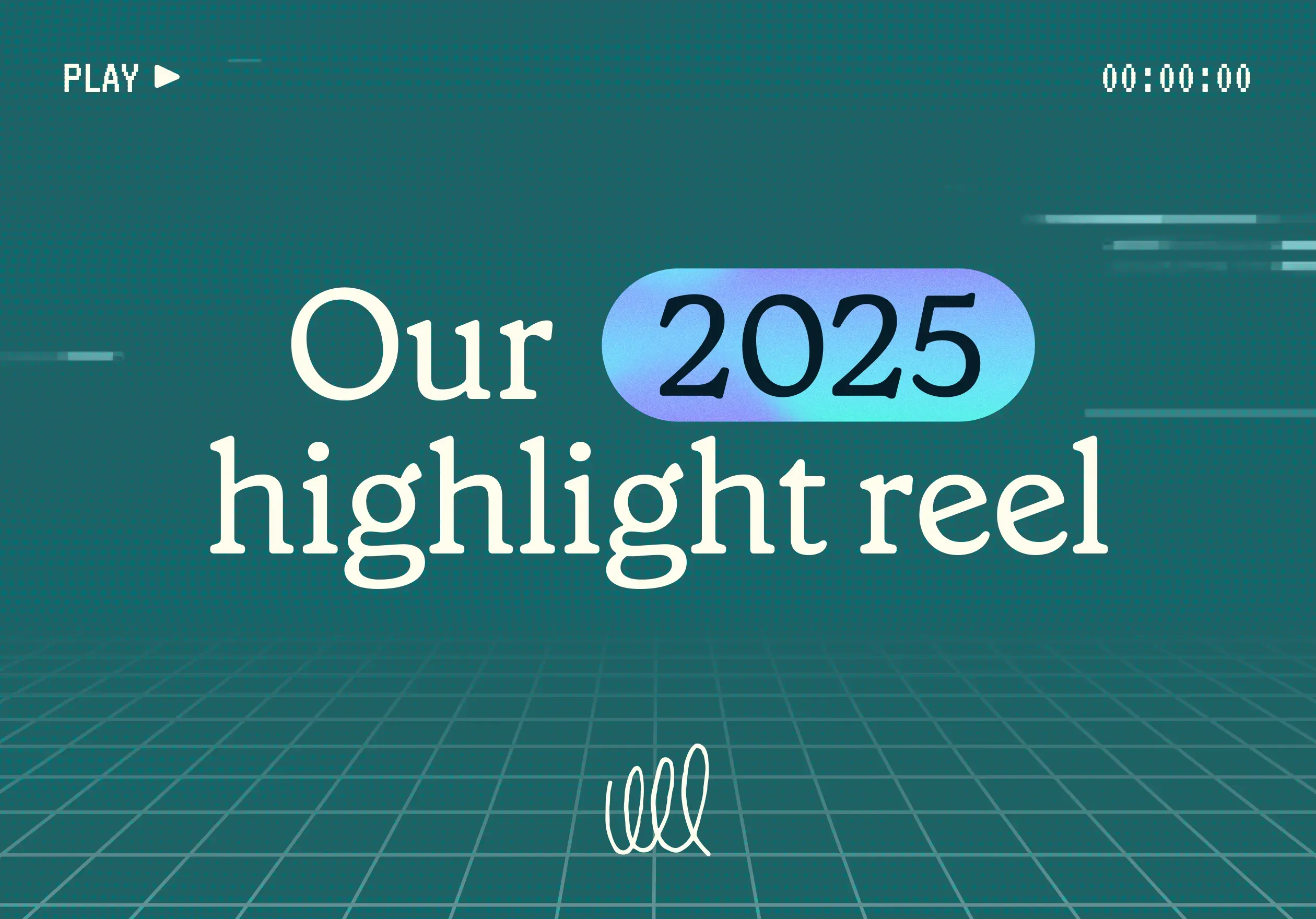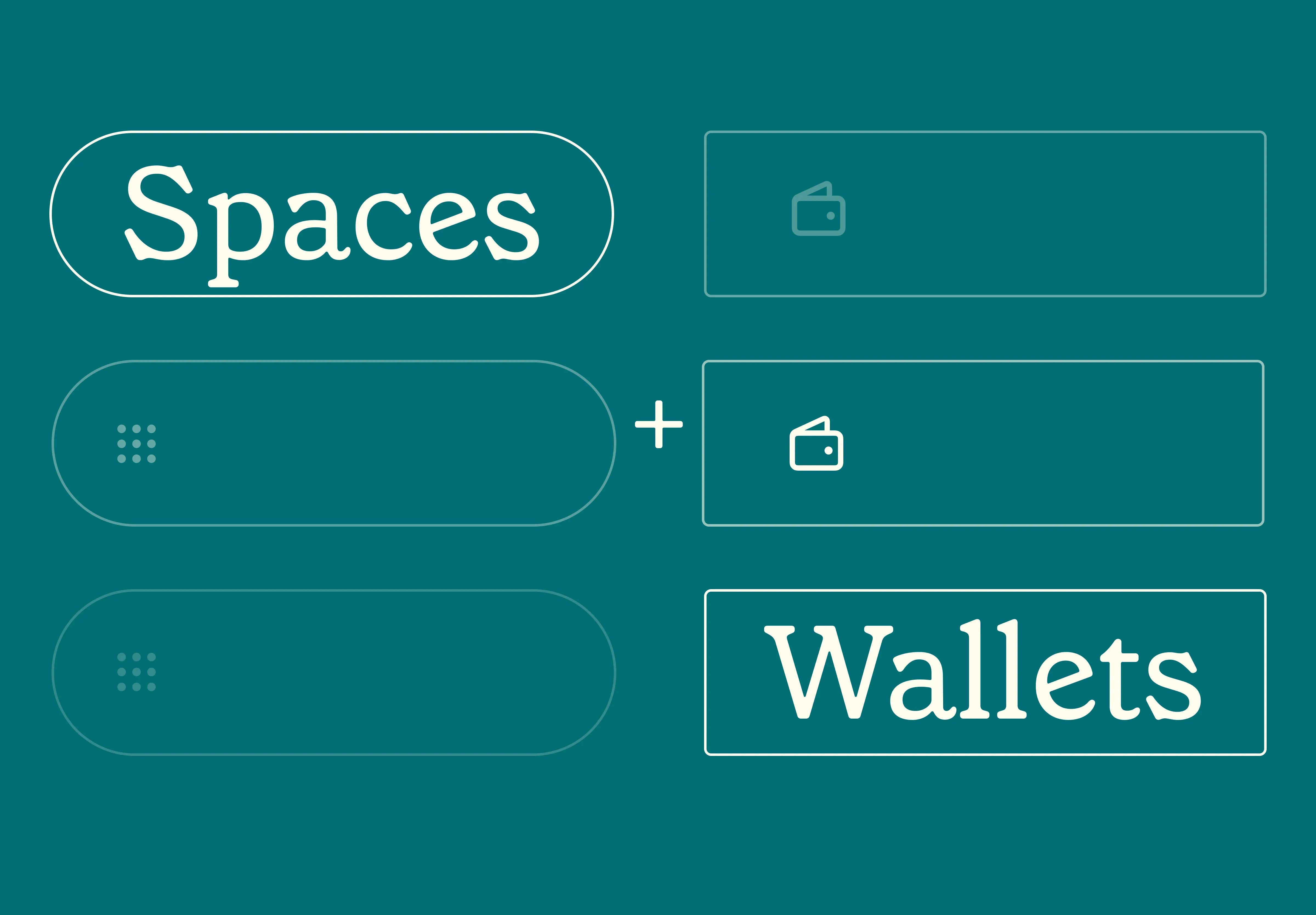18 Nov 2025
|10 min
2025 guide to conditional logic (skip logic) for better survey design
Learn how conditional logic (skip logic) improves surveys, design, and UX by tailoring experiences through smart, dynamic user paths.
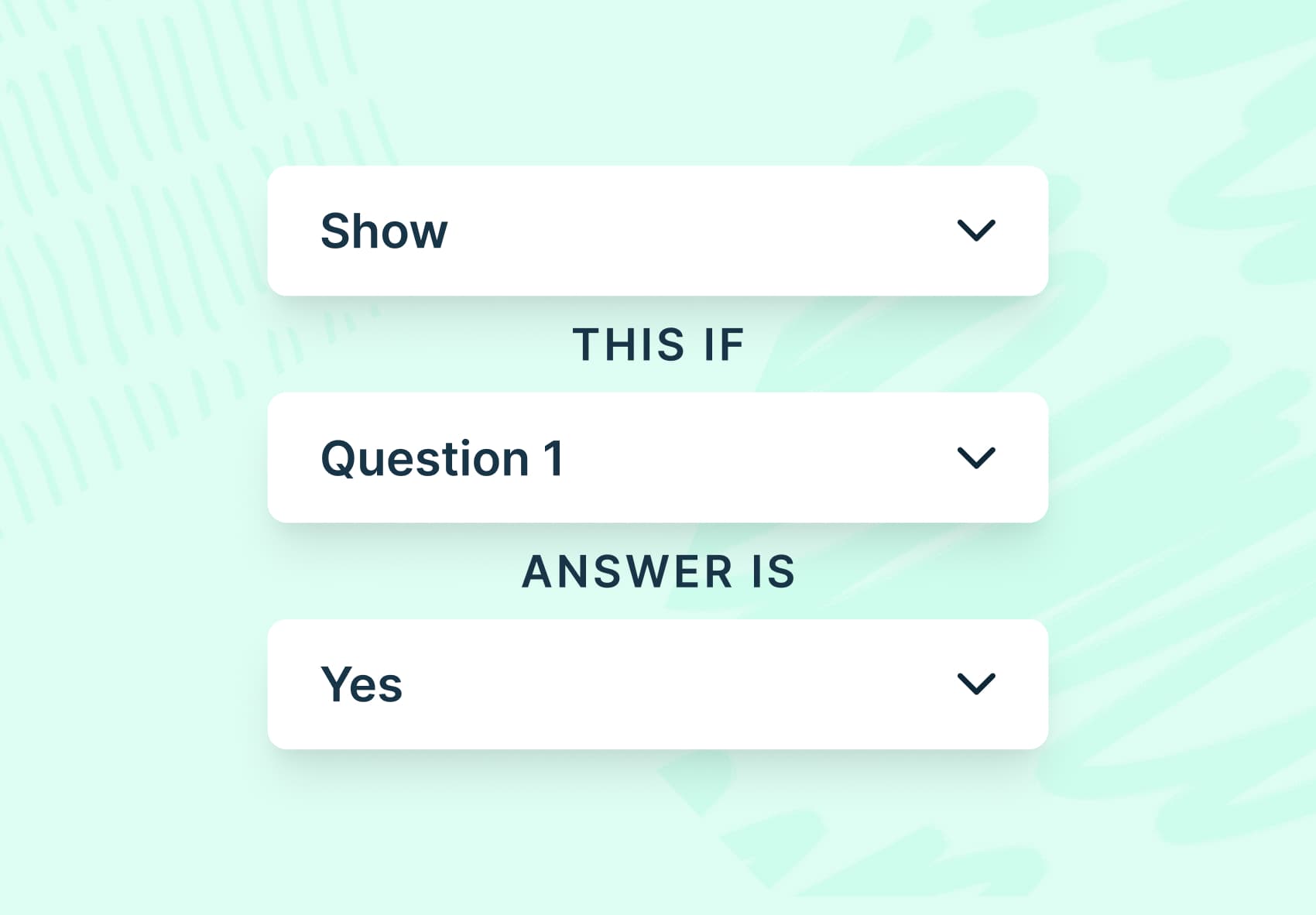
Key takeaways:
Conditional logic (also called skip or branch logic) helps you show participants only the questions that are relevant to them.
It improves user experience by reducing friction and cognitive load in surveys and usability tests.
Personalized question flows lead to higher completion rates, better engagement, and more accurate insights.
Smart logic allows you to layer multiple conditions for complex, adaptive survey paths.
Lyssna’s conditional logic is available on Starter and Growth plans and can be applied to single-choice, scale, preference, and prototype tasks.
Whether you're refining a design, testing a flow, or segmenting feedback, conditional logic helps you collect better data, faster.
Conditional logic is a powerful tool that helps you create personalized usability tests. It allows you to tailor tests to individual participants based on their behavior, resulting in more accurate and actionable feedback. With Lyssna's logic feature, participants initially see all questions and sections, but what they see can change based on applied conditions.
This feature enables you to design more precise tests and gain deeper insights from participant responses. Read on to discover the possibilities and functionality of conditional logic in Lyssna.
What is conditional logic?
Conditional logic (often called ‘skip logic’ or ‘branching logic’) lets you show or hide questions based on a participant’s previous answers. Instead of sending everyone through the same path, you can create a personalized flow that makes each survey more relevant and efficient.
In UX and usability testing, this means participants only see what’s useful to them, which reduces fatigue, boosts completion rates, and surfaces richer feedback. Whether you’re running a preference test, a survey, or a prototype task flow, conditional logic helps you ask better questions and avoid unnecessary ones.
Build smarter surveys
Create personalized survey flows with conditional logic. Try Lyssna free and get more relevant feedback from every participant.
Skip logic
Skip logic is the most basic form of conditional logic. It allows you to automatically skip irrelevant questions based on earlier answers. For example, if a participant says they don’t use a streaming service, you can skip questions about subscription features entirely.
This not only shortens the survey for that participant, it also keeps your data cleaner. In UX testing, skip logic helps you avoid wasting participants’ time and ensures you gather only the feedback that matters.
Branch logic
Branch logic is slightly more advanced. It lets you send participants down different paths depending on their responses – almost like a decision tree. You can build multiple branches from a single question, each with its own set of follow-ups.
Let’s say someone selects “iOS” vs “Android” in a setup test. With branching logic, you can show them platform-specific questions about design or usability that wouldn’t apply to the other group. It’s perfect for tailoring the experience and digging deeper into segmented feedback.
Smart logic
Smart logic gives you more advanced control over question flow. Unlike basic skip or branch logic, smart logic lets you apply multiple conditions to determine what a participant sees next.
For example, you might only show a task flow related to mobile checkout if a participant previously selected "mobile" as their primary shopping method and rated the existing experience as difficult. This allows you to target follow-up questions to the right audience – those with both the context and feedback you’re looking to explore.
By layering conditions like this, you can create more dynamic, relevant, and insight-rich surveys.
3 use cases for conditional logic
Conditional logic is a versatile tool that can be used to gather meaningful insights from your research participants. Here are some practical use cases.
Get crafty with your follow-ups
Provide a more tailored testing experience by applying conditions. For example, if you're conducting a study to better understand media streaming services, you can begin by asking your users whether they subscribe to a service.
By using logic, you can then tailor your follow-up questions to be specific to those users who said yes or no, optimizing the relevance and accuracy of your study.
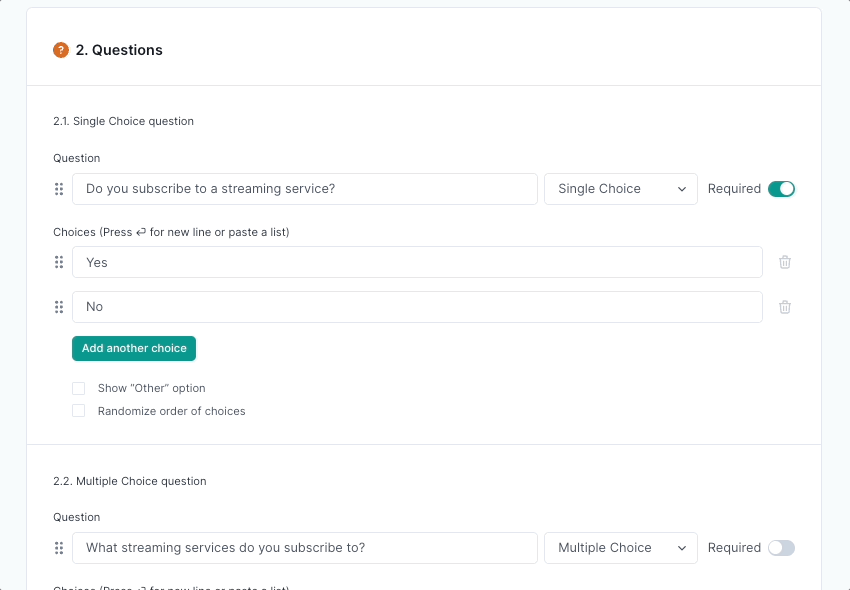
Ask targeted questions based on preference test results
Ask follow-up questions based on which design participants choose in a preference test.
In our example test, we asked about streaming service subscriptions. We then followed this up with a design survey, asking those participants who subscribed to a service what they thought of a subscription pricing page.
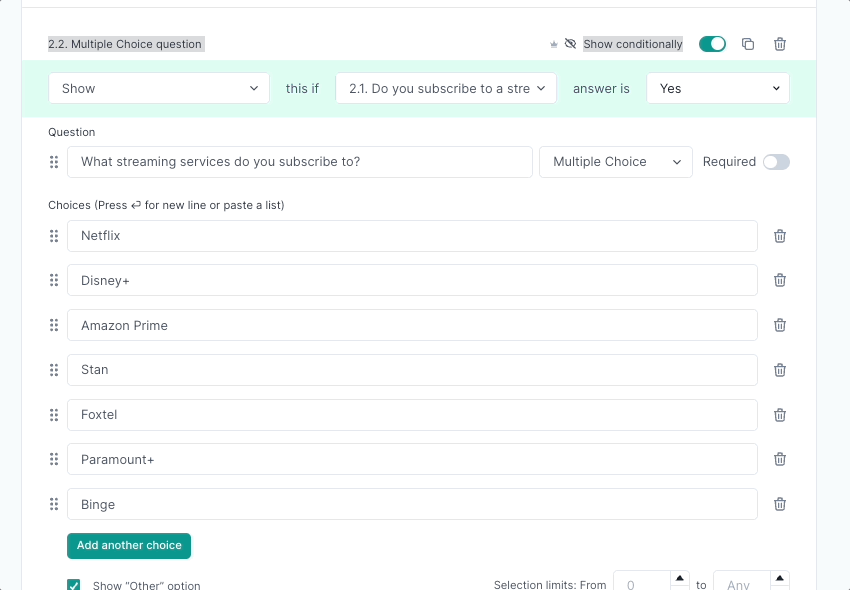
Use mandatory questions to your advantage
Mandatory questions can be used as a way to send people to specific conditional follow-up questions.
Let’s say you choose not to make a question mandatory and the participant skips the question. Their journey is now stalled and they won’t see further conditional questions. This can limit the insights you collect.
For example, if a participant views the dog landing page and you follow up with a linear question such as, "On a scale of 1 to 5, how visually appealing did you find this landing page?", this can lead to conditional questions that explore what the participant likes or dislikes about the page. Both sets of insights are valuable during testing. By making the question mandatory, you can ensure that you don't miss out on this important information.
Benefits of conditional logic (skip logic) in survey design
Conditional logic isn’t just a technical feature, it’s a smarter way to design user-first surveys. Whether you’re conducting UX research, running usability tests, or gathering feedback at scale, skip logic helps you build surveys that adapt in real time to each participant’s context. Here’s how it delivers tangible benefits for both users and researchers.
Improves user experience by reducing cognitive load
When participants are only shown questions that apply to them, the survey feels easier to complete. They don’t have to waste mental energy filtering out irrelevant questions or wondering why something is being asked. This lowers cognitive load and creates a smoother, more intuitive experience, especially in longer surveys. By simplifying the flow, you help participants stay engaged, make clearer choices, and provide more thoughtful responses.
It’s a win-win: better usability for them, and more meaningful data for you.
Delivers more personalized and relevant user journeys
Conditional logic transforms static surveys into dynamic, responsive journeys. By tailoring questions to each participant’s prior answers, you can create an experience that feels personalized and context-aware. For example, a product designer might ask deeper questions about navigation flow only if a user reports difficulty with that area. This approach not only boosts participant satisfaction, it also strengthens the connection between user input and the data you’re analyzing, giving you a clearer lens on their experience.
Increases survey completion rates by skipping irrelevant questions
Lengthy, irrelevant surveys are a fast track to drop-offs. Conditional logic helps prevent this by streamlining the path each participant takes, cutting out questions they don’t need to see. When users feel that every question is purposeful and relevant, they’re more likely to finish and less likely to abandon the test midway. That translates into more usable results and less participant churn.
Enhances data quality by focusing on what matters
When surveys adapt to show only the most relevant questions, your data becomes cleaner and more targeted. You avoid noise from participants answering questions that don’t apply to them, and instead, gather deeper insights from those who do have the right context. This focus helps eliminate filler responses, reduces guessing, and uncovers richer patterns in participant behavior. In the end, you get data that’s not just easier to analyze, but more meaningful and actionable.
Saves time for both users and researchers
Nobody wants to answer – or analyze – questions that don’t matter. Conditional logic makes the survey process more efficient on both sides. Participants spend less time wading through questions that aren’t relevant, and researchers spend less time cleaning or filtering data after the fact. Instead of reviewing redundant responses, you’re analyzing focused, high-value input. Over multiple studies, this adds up to significant time savings, smoother workflows, and faster decision-making.
Supports adaptive interfaces and intelligent content flows
In modern UX research, static testing isn’t always enough. Conditional logic enables adaptive interfaces – where the experience shifts in real time based on what a participant does or says. This mimics real-world interactivity and gives you a better sense of how people move through complex experiences. Whether you’re testing multi-path flows or customizing tasks based on behavior, skip logic allows you to simulate intelligent content delivery and gather more authentic user insights.
Conditional logic in action
By adding conditional logic, you’ll level up your tests and provide a far more tailored experience for your participants. Here’s how it changes a typical survey experience.
The process:
Toggle on conditional logic on the question or section.
Define the circumstances (in the blue box) in which your participants will or won’t be shown the upcoming question or section.
Add in your question and be sure to save and preview before recruiting participants.
Simple surveys can dynamically change based on a participant’s responses. One path might lead to questions about mobile shopping habits, while another explores feedback on desktop layouts – all from the same starting point. This kind of logic keeps surveys relevant, short, and focused, while letting you dig deeper where it matters most.
Pro tips for success:
Start with a logic map before you build your test. Sketching out your logic paths in advance helps you avoid dead ends, duplicate questions, or contradictions. It also clarifies which responses should trigger follow-ups.
Preview your logic paths from multiple personas. Testing your survey as if you were different participant types helps catch logic errors and ensures all experiences make sense. It’s a fast way to stress-test your design before going live.
Use conditional logic to make questions relevant
As a Lyssna Starter and Growth plan feature, conditional logic helps you ask more specific questions and ensures participants only see questions relevant to them based on previous responses.
This valuable feature helps you generate more insightful and actionable feedback, leading to better products and experiences.
Start testing smarter
Ready to boost completion rates with conditional logic? Sign up to Lyssna and build adaptive surveys today.
FAQ
You may also like these articles


Try for free today
Join over 320,000+ marketers, designers, researchers, and product leaders who use Lyssna to make data-driven decisions.
No credit card required

